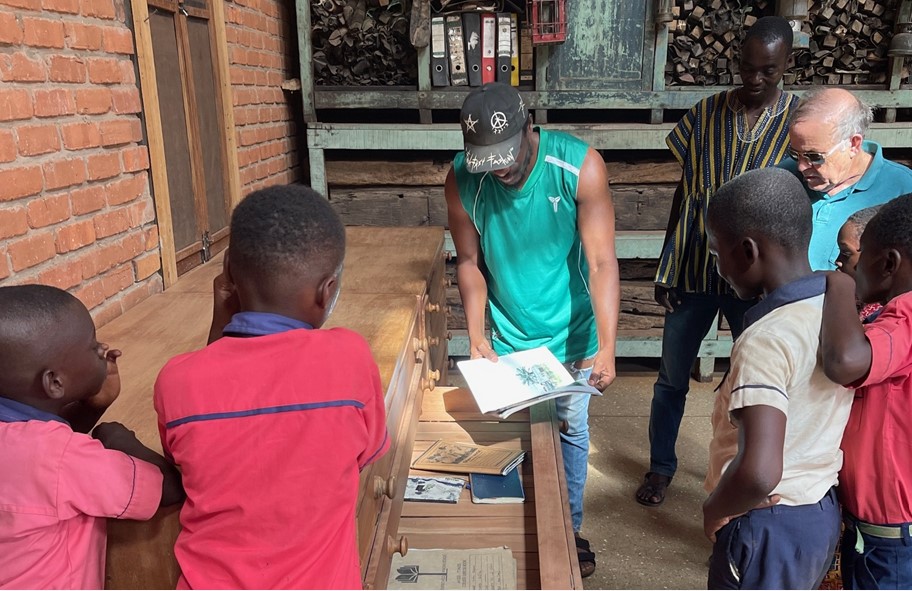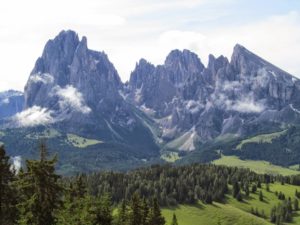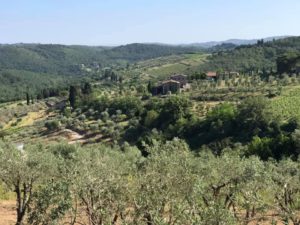Art as Catalyst for Transformation

As I prepared for the final leg of a nearly 9,000-mile journey to visit several remote communities in Northeastern Ghana where a tree nursery project I had initiated was taking root, I found myself with some time on my hands in the regional capital of Tamale. My local partner and friend, Benjua, suggested we visit the Red Clay Studio, part of the Savannah Center for Contemporary Art, and as a passionate advocate for the arts, I happily agreed. Unaware of what that entailed but happy to encounter Ghanaian culture first-hand, he, his good friend, my travelling companion, and I set off through the chaotic streets of this bustling, over-crowded former frontier town turned metropolis.
The Studio, the brainchild of the visionary hometown artist Ibrahim Mahama, stands as a beacon of creativity in Tamale for Ghana and beyond. Ibrahim’s journey is one of transformation—taking ordinary, overlooked, or discarded objects from the recent past and reimagining them into world-renowned art installations. His work is a powerful commentary on colonialism, the overlooked value in everyday objects, and their ability to tell a story. As I strolled through the Studio, amidst installations that whispered tales of resilience, rebellion, and renaissance, I felt a connection to Ibrahim’s mission and this ethos of seeing potential where others see none. His art serves not just as an aesthetic experience but as a catalyst for social and cultural introspection.
This detour was unplanned and unexpected, yet it felt like a serendipitous alignment with my own personal mission. Here I was, about to witness first-hand the fruition of a project more than ten years in the making aimed at environmental rejuvenation and community empowerment, and I stumbled upon a space that celebrated the transformative and healing power of art. This experience, I realized, was not just a coincidence but a confluence of my own journey within a broader narrative of change and creativity.
The most touching part of my visit, however, was the palpable sense of wonder and joy that filled its halls. As we moved through the installations and exhibits, the air was alive with the laughter and excited exclamations of dozens of school children experiencing this transformative space on their own terms. Their inquisitiveness and rambunctious energy were infectious; they were not just passive observers but eager participants, thirsty for knowledge and understanding. Our guide, Mahdi, shared a particularly poignant detail – one of the decommissioned airplanes on the site had been repurposed into a makeshift computer lab as part of their commitment to STEM education. For many of these children, this was their first encounter with a computer or airplane, both gateways to a world beyond their immediate reality. This revelation was heartwarming and underscored the profound impact of the Studio’s work.
Matthew, Benjua’s friend and our driver, is a local math teacher, and he told us of his own experiences of bringing students to Red Clay. He had done so five times previously, and after each visit, the students would return to school motivated, their minds buzzing with ideas and a desire to explore further. This testament to the influence of Red Clay on young minds was deeply moving. It wasn’t just about the art or the technology; it was about opening doors to new possibilities, inspiring a sense of agency and aspiration in these young learners. The Studio, through its unique blend of art and education, was not just shaping minds; it was shaping futures, a fact made beautifully evident in the bright eyes and eager questions of these children.
On the short drive back to our guest lodge while gazing contemplatively out the window I came to a deep understanding of the Studio’s commitment to nurturing a new generation of critical thinkers – it’s not just about fostering artistic talent, Red Clay stands as a testament to the importance of holistic education. By promoting STEM alongside the arts, they are crafting a future where children are not only consumers of technology but also creators and innovators.
In this final reflection, I realized that this visit to the Red Clay Studio was more than just a chance encounter—it was an alignment of missions across continents. It underscored the universal language of art as a catalyst for transformation. The Studio’s work in raising a generation equipped with both artistic sensibility and scientific acumen is not just commendable but essential. It stands as a beacon of hope, showing how integrating art, technology, and education can uplift communities, and this is as true at home in America as it is even in the most remote corners of the world.









